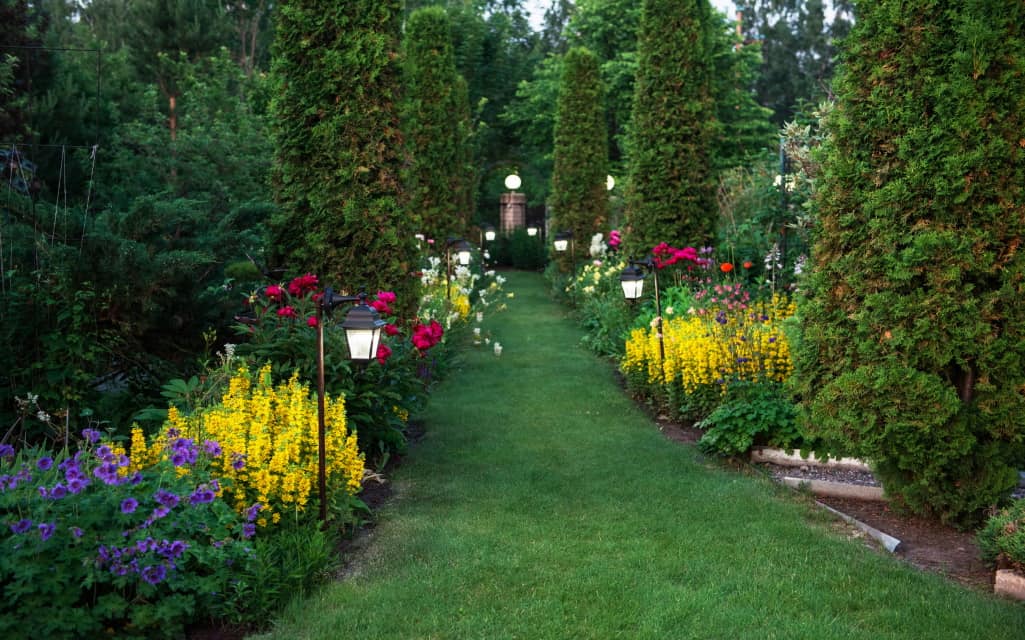Whether you’re a keen animal spotter or you’re looking to make your garden more eco-friendly, there are many ways to make your garden a great place for animals this year. Here are just a few ideas to get you started…
Place bird boxes in your garden
Bird boxes are a classic staple of many gardens and are great for attracting wildlife, as they allow you to provide a safe nest for and feed any birds that fly into your garden. If you’re lucky, the birds may even lay eggs in the area, meaning you’ll see even more wildlife flourishing right on your (back) doorstep. If you’re feeling creative, you could even make your own birdbox! Simply find a diagram, measure up the wood you need and nail it together. And decorating it could be a super fun activity too.
Use or even make compost
In addition to its primary function of helping plants to grow, compost can also make your garden a great environment for animals, due to the way it enriches the soil. All you need to do to get started is to get some kind of container (with holes for aeration) and fill it with a layer of straw and or twigs, to further aerate and to help prevent drainage. Then, add a layer of dry and moist materials – for this you can use food scraps, tea bags, peat and anything else you have around. Then it’s time for the final layer of manure. And after that’s been added, cover everything over and turn it every few weeks – soon enough, you’ll have your own organic compost.
Put small gaps in your fence
One great way to encourage wildlife to come into your garden is to put small hedgehog and squirrel sized holes in your fence. The logic behind it is simple: if you make it slightly easy for animals to get into your garden, you’re more likely to get more animals in your garden!
As an extension to this, try and think of any other parts of your garden that could be blocking animals from getting in and make efforts to create more “pathways” for them.
Use animal friendly flowers and plants
There are tons of animal-friendly plants and flowers you can use to make your garden a better space for wildlife. Some great ones include:
- Lavender, Geranium and Foxgloves, which are both great for bees
- Herbs like oregano, which attract butterflies and can also provide food for birds
- Hedges can be a great alternatives to fences – some good plants for hedges include hawthorn, hazel, beech and dogwood
- Long, grown out grass can be a haven for insects, so why not ditch the lawnmower for a while?
- “Climbing plants” will allow for increased ease of movement for all kinds of wildlife – trees and shrubs can have a s
On a similar note, putting lots of greenery in your garden will of course help wildlife to nest there
Build a pond or a bog garden
If you have the space for it, a pond can be a fantastic way to build up the biodiversity of your garden, even if it does take a bit more effort than some of the others on this list. It can bring a much wider range of water-based wildlife, such as newts and frogs. In addition to being a vital part of your ponds’ eco system, growing native plants around and in it in can also help to make your pond more wildlife friendly.
Or if you don’t have the space for a pond, a bog garden could be an effective alternative. This is an area that’s irrigated and specially designed for animals that prefer a damp habitat and is easy to build. Simply mark out your desired area with sand or string and then excavate the area to 45 centimetres deep before filling it with soil. Then, line the area with either butyl pond-liner or polythene sheeting – make sure it’s at least 0.5 mm thick! Piece the liner at 1 metre intervals and then lay either a porous pipe or a leaky hosepipe along the bottom of the area, making sure that one end goes out of it, before covering over everything with a layer of grit measuring 2.5 to 5cm. After doing this, you should then replace the excavated soil (you may need to lightly flatten it but be careful not to be too heavy with it). The soil should then be ready for planting!
Overall, there are a multitude of ways to make your garden an animal haven. These include using more compost, or even making your own if you want to be really eco-friendly, placing birdboxes, planting animal friendly wildlife, space saving rattan garden furniture or even making a pond.
Whatever techniques you choose, making your garden a great environment for animals can be fantastic for you, your garden and the planet.



